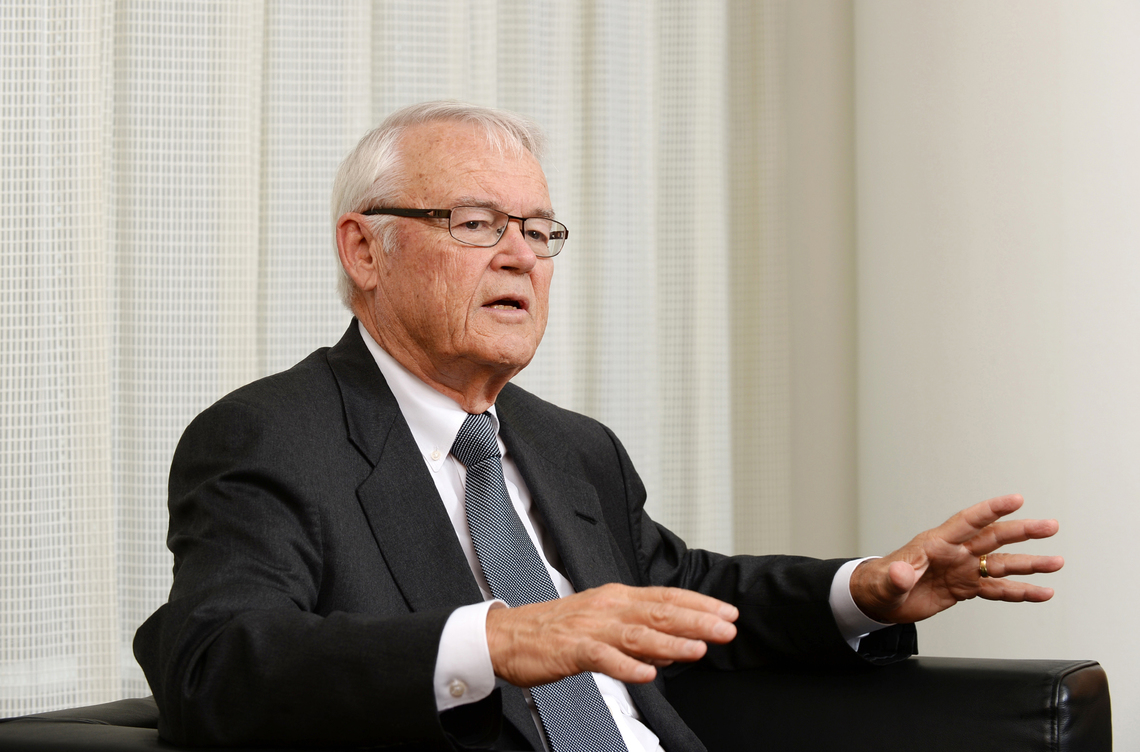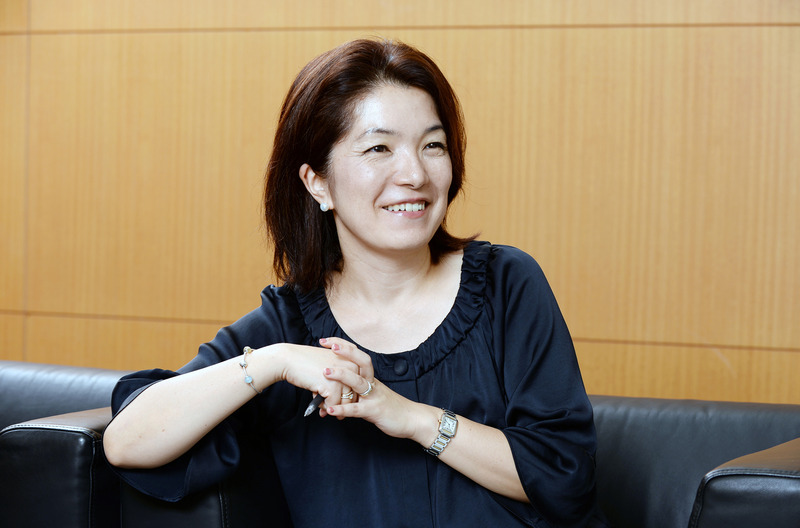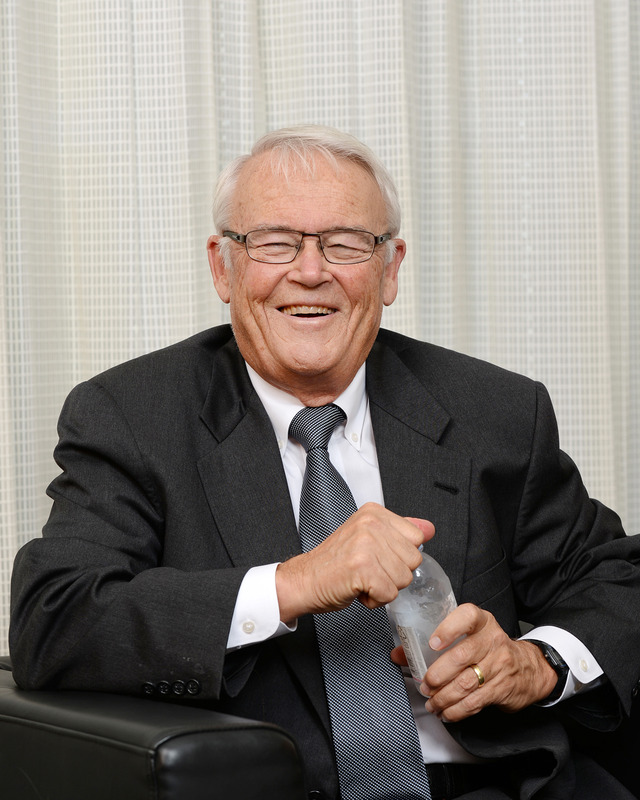Perspectives on the "Sweet Spot," Crucial for Digital Strategy
Ogata: Professor Arker, could you also share your new perspectives on digital, presented alongside the "sweet spot" concept in your book Branding? Specifically, how to leverage digital and social media for brand building.
Aaker: Digital plays four key roles in modern brand building. First, it provides detailed information about products and services, as has traditionally been done. Second, it enhances the value of core products, enriching the brand value itself. An example is a sports shoe manufacturer selling a fitness tracker bracelet. Third is building a communication platform with customers. This represents a new way of utilizing digital. Finally, the fourth is using digital as a means to execute marketing programs and promotions. An example is a diaper manufacturer running a promotion where consumers send in photos of their sleeping children. This is also a method that would be difficult to achieve without utilizing the digital channel.
Ogata: Of these four applications, which will become the most important in the future?
Arker: The second one, appealing to the customer's sweet spot. The third one, using it as a communication platform, is also highly significant. If digital can be used to expand product value, then the first one—information about one's own products and services—can also become a key differentiator.
Ogata: That's fascinating. Speaking of leveraging digital, Professor Arker, you yourself widely share your ideas and philosophy as a blogger. What potential do you see in these digital and social media platforms?
Arker: I currently maintain blogs on two platforms. On LinkedIn, I'm registered as an influencer and have about 90,000 followers. I've been writing on my personal blog for about two and a half years now, and I also contribute occasionally to the Harvard Business Review website. Combined, that means around 200,000 readers per month.
So I believe it's well worth continuing to write. Some ideas might take three to four months to develop for a magazine article, while others could take three years to publish as a book. On the other hand, some pieces can be conceived and written in an hour and a half or two hours. For example, I might examine the latest market trends and apply my own theories and perspectives to analyze them. Or if I notice something a brand is doing, I can explain why they're doing it, why it's a wise choice, or conversely, why it might not be so wise. That simplicity is unique to blogging.
Having a higher-level corporate purpose is the key to strengthening customer relationships
Ogata: I see. Finally, could you share a message for Japanese marketers and business leaders on how to advance marketing and branding moving forward?
Arker: First, it's crucial to recognize that brands are assets built over many years and that they hold capital value. Leveraging your brand is truly vital for both executing existing strategies successfully and realizing future ones.
Second, it's about brand vitality. Over the past 10 to 15 years, we've seen many brands globally decline. Therefore, it's vital to revitalize brands—whether by reviewing product lines or finding something to energize marketing and linking it to your brand. Identifying the source of vitality that sustains the brand is particularly important.
Third is having a higher-level purpose. Major global brands are increasingly embracing lofty purposes. I believe having a noble purpose holds significance beyond profitability and financial gain, yet it also delivers tangible benefits. It inspires and energizes employees, and it helps build respectful relationships with customers.
For example, many companies are tackling environmental issues related to climate change or water problems. When you speak with the management of such companies, they often say, "That's our core value. We've been doing it since our founding; it's nothing new." That's truly impressive.
Ogata: Having a higher purpose and values. I think this is a very valuable message for Japanese businesspeople as well. Thank you very much.







